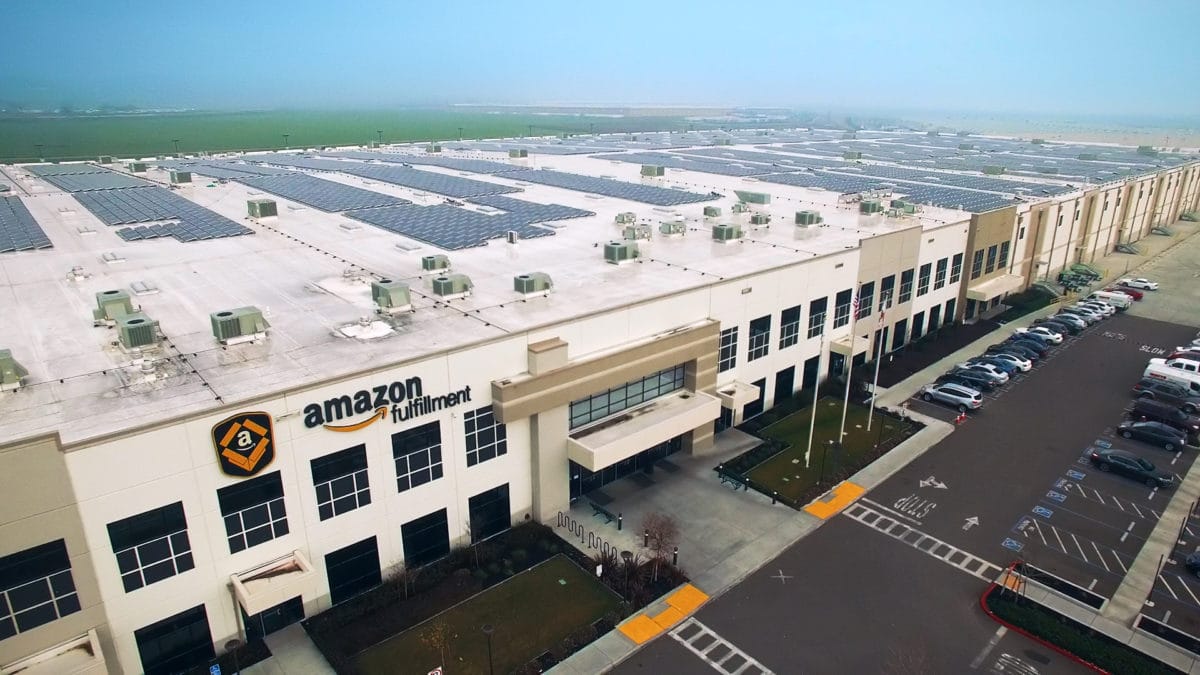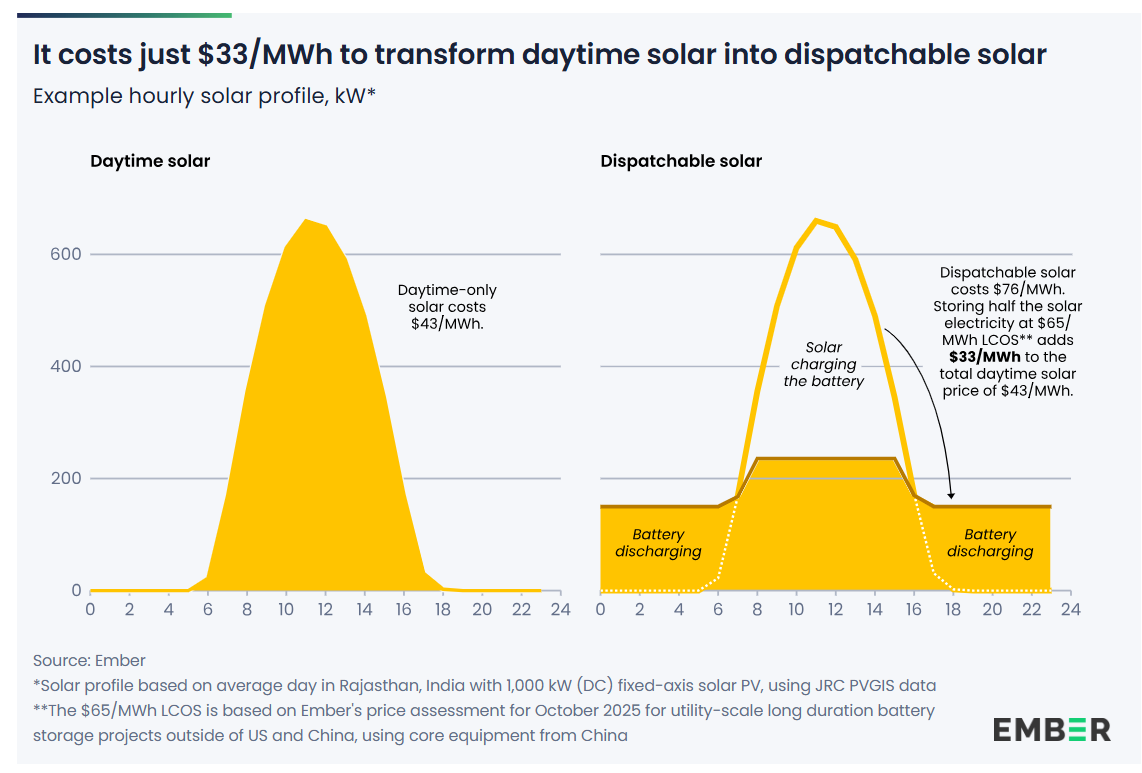The cause of a fire on the roof of an Amazon Warehouse in Perryville, Maryland, has been deemed to be an issue with the solar system on the roof, according to the Susquehanna Hose Co.
The State Fire Marshall has ruled the fire as accidental and no one was injured during the incident.
The fire, which caused an estimated $500,000 in damages is the second such rooftop solar system fire to occur at an Amazon facility in as many years. In April 2020, the roof of an Amazon fulfillment center in Fresno, California combusted after a section of 20 panels on the roof caught fire.
Across the country, solar system fires have been on the rise since 2015, when Lawrence Shaw, owner of Higher Powered, LLC, a company that does residential solar preventative maintenance (PM) in Arizona, reached out to the The U.S. Fire Administration (USFA) to request the data on these events.
While USFA doesn’t specifically track solar fires as their own category, they are recorded and have risen steadily every year, from 25 in 2015, to 56 in 2018. Solar system fires are much more common in the Southwest, specifically California, Arizona, and Nevada, however they are by no means a geographically limited phenomenon.
Shaw believes that regular infrared imaging of residential projects could cut instances of fire down immensely, as many of these instances are started by hotspots, small instances of failure and thermal events that can be picked up by infrared imaging.
This content is protected by copyright and may not be reused. If you want to cooperate with us and would like to reuse some of our content, please contact: editors@pv-magazine.com.









Some discussion of the equipment involved (and the installer) would be helpful. I’ve read that the micro-inverter-based AC installations are much safer from a fire perspective.